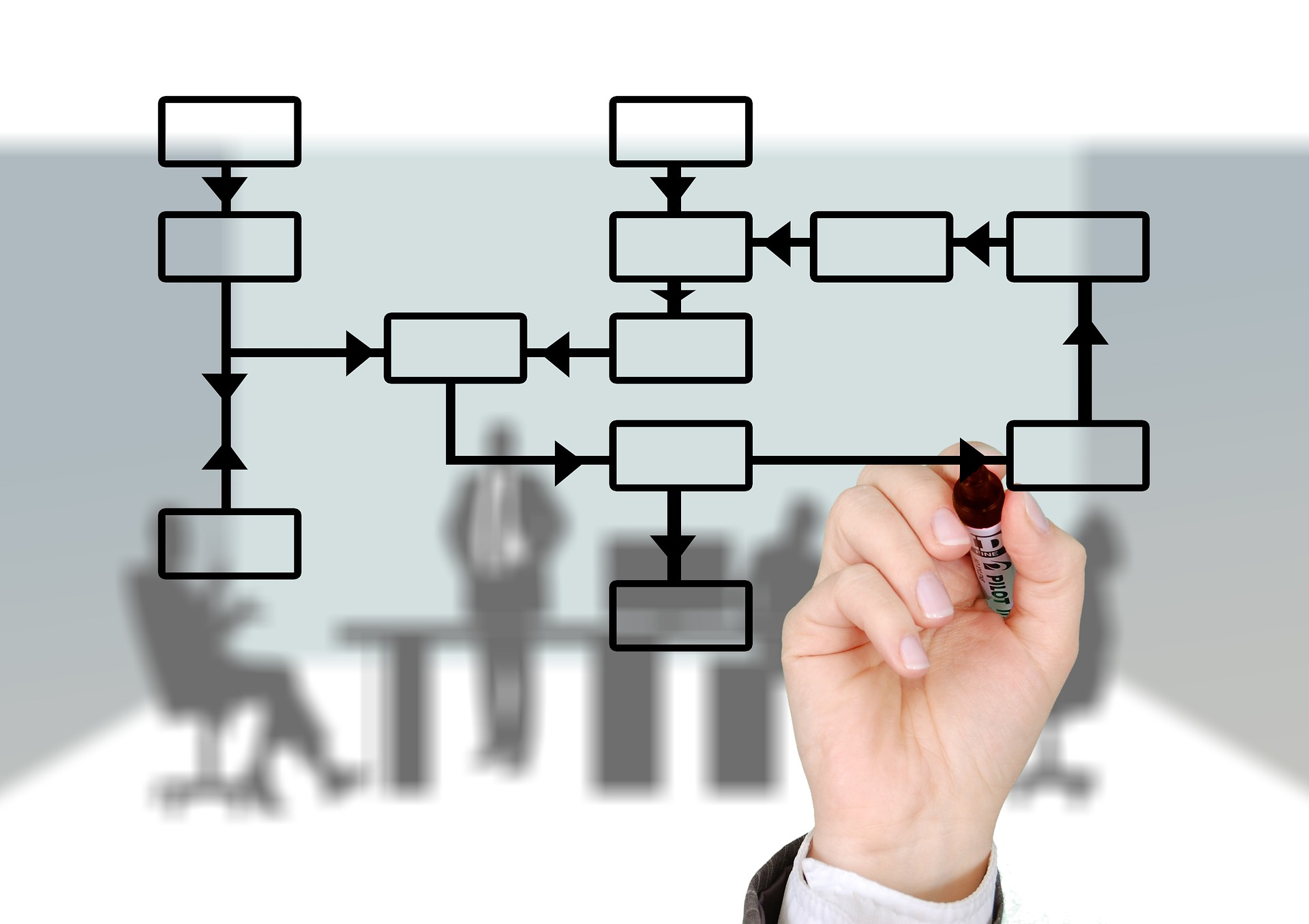
Is Knowledge Management same as Business Process Modelling?
I’ve seen this many times. Bunch of VIPs sit together in numerous important meetings, creating highly complex drawings of how things are done in the company. Does that make sense ?
Absolutely!
Those processes are knowledge basis for change, growth, mergers. The point is, they are barely used after they are created. They reside in some complex repository with all their bells and whisles, yet they are not THE knowledge base, used to make better decisions. My diagnosis is simple, and contains 3 parts:
– the process descriptions and BPML models are not accesible in an easy, intuitive way, – f.e. directly in intranet. They are often in some fancy expensive BPML software like Signavio, Adonis or Aris and all exports are just not user friendly.
– the models are not conected to a direct, operational communication system, like Teams chat. Hence, it is an island with(probably) its own communication system.
– models are not up to date. Why would one check on something, that is outdated? Choose professionals, that have done this before and let them consult you how to implement a constant review process. In-House process design ends up dusting in shelves.
Here is where DKM comes into the game. Digital Knowledge Management and Business Process Modeling are two distinct concepts, but they can and should be interconnected in certain ways. For example, knowledge about business processes can be documented, managed and published within a digital knowledge management system, such as intranet. Similarly, process models can be used to identify knowledge gaps, document standard operating procedures, or capture best practices.
- Focus: Digital Knowledge Management primarily deals with the organization, storage, retrieval, and sharing of knowledge and information within an organization or across digital platforms.
- Purpose: The main goal of Digital Knowledge Management is to facilitate knowledge sharing, collaboration, and learning, leading to improved decision-making, increased productivity, and enhanced innovation.
- Content: Digital Knowledge Management focuses on capturing, structuring, and managing explicit knowledge (documented information) as well as tacit knowledge (knowledge residing in individuals’ minds).
- Tools and Technologies: Digital Knowledge Management employs digital platforms, content management systems, knowledge bases, collaboration tools, and search engines to enable effective knowledge capture, organization, and retrieval.
- Focus: Business Process Modeling is concerned with analyzing, designing, documenting, and optimizing business processes within an organization.
- Purpose: The primary aim of Business Process Modeling is to improve operational efficiency, streamline workflows, and enhance business performance by visualizing and understanding the flow of activities, tasks, and information within a process.
- Content: Business Process Modeling focuses on mapping out and representing the sequence of activities, decisions, and interactions involved in a business process. It emphasizes the understanding of how work gets done and how different components of a process relate to each other.
- Tools and Technologies: Business Process Modeling typically utilizes specialized software tools like Business Process Modeling Notation (BPMN) or Unified Modeling Language (UML) to create process flow diagrams, models, and simulations. These tools help capture, analyze, and communicate process-related information.





